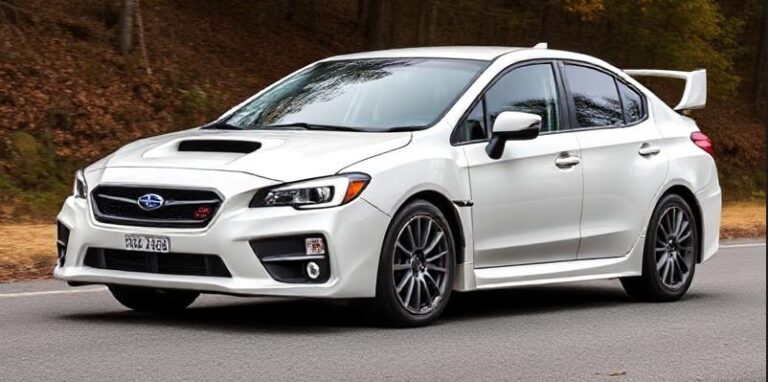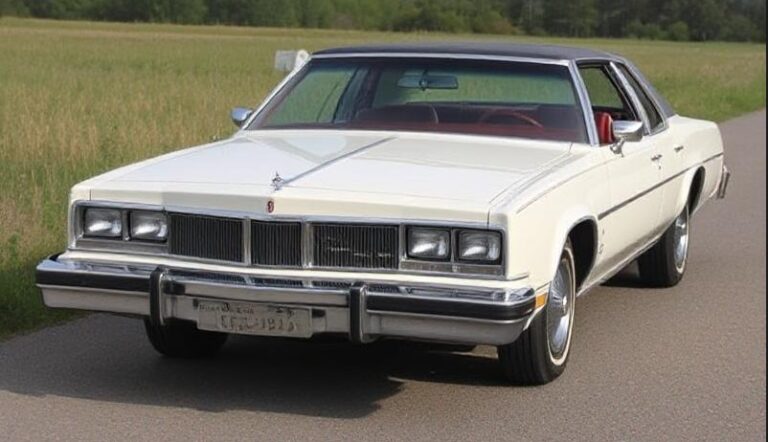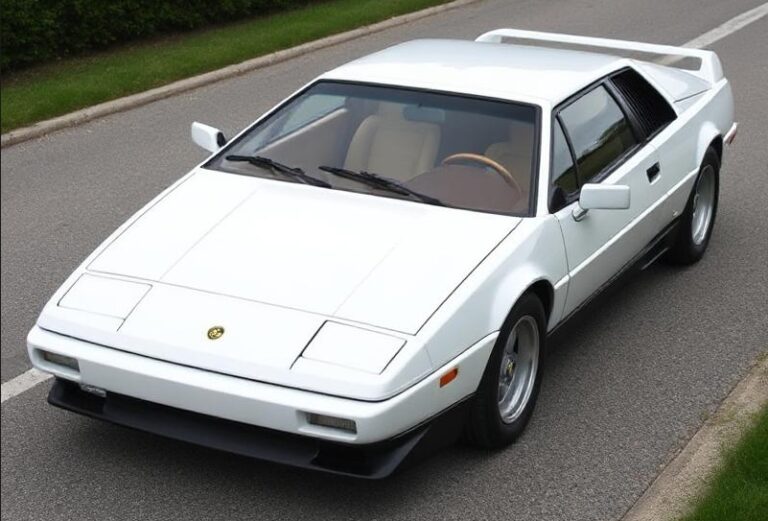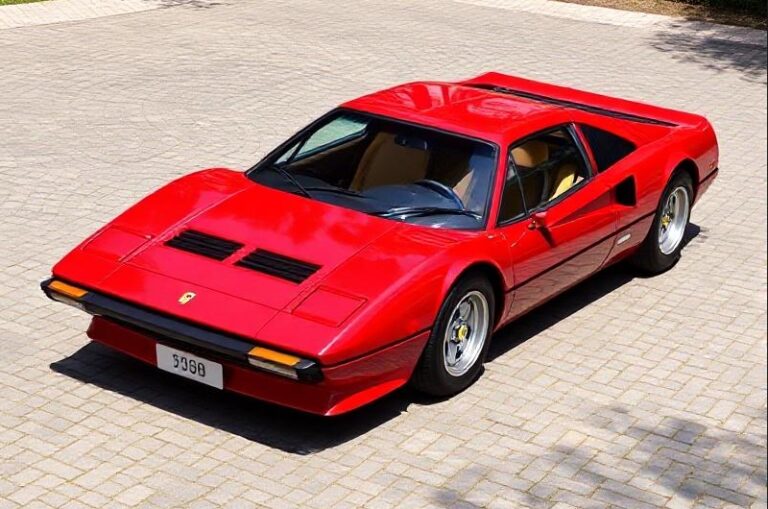The Evolution of the Opel Senator
Introduction
The Opel Senator was a flagship executive car produced by the German automaker Opel from 1973 until 1993. Known for its elegant design, advanced engineering, and luxurious features, the Senator played a significant role in Opel’s lineup and the European executive car segment during its two-decade lifespan. Over its production run, the model underwent several generations, each reflecting technological advancements and changing consumer preferences. This article traces the development and evolution of the Opel Senator, including its production years, models, and trim levels.
First Generation Opel Senator (1973–1981)
Overview
The first-generation Opel Senator was introduced in 1973 to replace the Opel Rekord, aimed at competing with established executive cars like the BMW 5 Series and Mercedes-Benz E-Class. It was built on the Opel “Epsilon” platform, shared with the Opel Commodore and later, the Opel Monza.
Design and Features
The first-gen Senator showcased a more modern, aerodynamic design compared to its predecessor, with a spacious interior and upscale features. The model was available as a four-door sedan and a luxurious two-door coupe. An estate version, called the Opel Commodore, was also available, though the Senator was primarily a saloon.
Engine Options and Trims
Initially, the Senator was available with a range of inline-six engines, with power outputs ranging from approximately 115 to 180 horsepower, depending on the version. The available trims included:
- L: Base model with minimal luxury features.
- GS: Mid-range with some comfort and convenience upgrades.
- CD: Top-tier luxury trim featuring plush interior options, better interior materials, and additional equipment.
Special Models and Variants
- Senator A: The internal designation for the first generation.
- Opel Senator 3.0S: Featured a 3.0-liter inline-six engine, emphasizing performance.
- Opel Senator 3.0E: The fuel-injected version, offering better efficiency and power.
Production and Market Presence
Produced from 1973 to 1981, the first-generation Senator was well-received in Europe, especially in Germany and Switzerland, due to its quality and comfort.
Second Generation Opel Senator (1981–1989)
Overview
The second-generation Opel Senator, designated the Senator B, was launched in 1981, marking a significant redesign with sharper styling, advanced technology, and improved safety features. It was built on the GM V-body platform, shared with other GM models.
Design and Innovations
The Senator B adopted a more angular, boxy design consistent with 1980s styling trends, with a focus on aerodynamics and modern aesthetics. The model was available as a four-door sedan, with a more luxurious and comfortable interior, and an estate version called the CarAVan.
Engine Lineup and Trims
The second-gen Senator offered an extensive range of engines, including:
- 2.0-liter inline-four (gasoline)
- 2.8-liter inline-six
- 3.0-liter inline-six
- 3.6-liter V6
- 5.0-liter V8 (later models)
Trim levels included:
- L: Basic, with essential features.
- LS: Upgraded interior, improved trim, and additional convenience options.
- Sport: Performance-oriented versions with upgraded suspension and engine tuning.
- CD: Luxury trim with premium interiors, wood veneer, leather seats, and advanced comfort features.
Special Editions
- Senator Diplomat: A high-end luxury variant with upgraded interiors, premium sound systems, and additional comfort features.
- Senator 5.0i: Equipped with the 5.0-liter V8 engine, aimed at performance enthusiasts.
Technological Features
The second-generation Senator was notable for introducing features like electronic fuel injection (EFI), anti-lock braking systems (ABS) in later models, and improved safety with reinforced structures.
Production and Market Impact
Produced from 1981 to 1989, the Opel Senator B represented Opel’s commitment to luxury and engineering excellence, competing with cars like the BMW E23 7 Series and Mercedes-Benz W123/W126.
Third Generation Opel Senator (1989–1993)
Overview
The third-generation Opel Senator, known as the Senator C, was introduced in 1989. It was built on the GM Opel V8 platform, sharing components with the Opel Omega and Vauxhall Carlton/Senator models. It marked the final chapter of the Senator line.
Design and Style
The Senator C adopted a more rounded, aerodynamic shape aligned with late 1980s styling trends. It was available as a four-door sedan, with a more refined interior emphasizing comfort and advanced technology.
Engine Options and Trim Levels
The third-gen Senator had a more refined engine lineup:
- 2.5-liter inline-five (later replaced by 2.6 and 3.0-liter inline-six engines)
- 3.0-liter inline-six
- 3.6-liter V6
- 4.0-liter V8
- 5.0-liter V8 (later models)
Trim levels included:
- L: Entry-level with standard features.
- GL: Mid-range, with added comfort and convenience.
- SL: Higher-end luxury trim with leather seats and premium features.
- V8: Performance-oriented, with the 4.0 and 5.0-liter V8 engines.
Special Editions and Variants
- Senator 24V: Featured a 3.0-liter 24-valve inline-six, emphasizing sporty performance.
- Senator 4.0i/5.0i: Equipped with V8 engines for enhanced power.
Technological Highlights
The Senator C included features like cruise control, power windows, leather interiors, and improved safety systems, including reinforced crash structures and optional ABS.
Production and Discontinuation
Produced from 1989 until 1993, the Opel Senator C was discontinued as Opel shifted focus toward more modern, front-wheel-drive executive sedans like the Opel Omega.
.
THIS might be a great place to get your new car from!
Or for those who are into the “car flipping” business, here’s an excellent resource for you!

.
Summary and Legacy
Production Timeline
| Generation | Years Produced | Key Features |
|---|---|---|
| First (A) | 1973–1981 | Classic styling, inline-six engines, trims: L, GS, CD |
| Second (B) | 1981–1989 | Modern design, V6/V8 options, trims: L, LS, Sport, CD |
| Third (C) | 1989–1993 | Rounded styling, V6/V8 engines, trims: L, GL, SL |
Model and Trim Evolution
Throughout its production, the Opel Senator consistently aimed at offering luxury, comfort, and performance. Starting with basic trims, it evolved into a fully equipped luxury vehicle with advanced features, especially in the second and third generations. The trim levels typically included:
- Entry-level models (L or base variants)
- Mid-range trims (LS, GL)
- High-end luxury trims (CD, SL)
- Performance variants (Sport, V8 models)
Impact and Cultural Significance
The Opel Senator was regarded as a symbol of German engineering and luxury during its era. It was popular among business executives and government officials across Europe. Its reputation was built on reliability, comfort, and technological sophistication.
Conclusion
The Opel Senator’s two-decade history reflects the broader trends in automotive design and technology from the 1970s through the early 1990s. It transitioned from a traditional executive saloon to a modern, technologically advanced luxury car before being phased out in favor of newer models. Today, the Opel Senator remains a classic car cherished by enthusiasts and collectors for its engineering, style, and historical significance.







